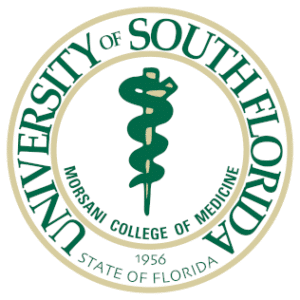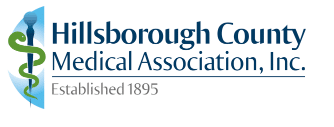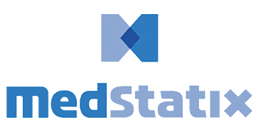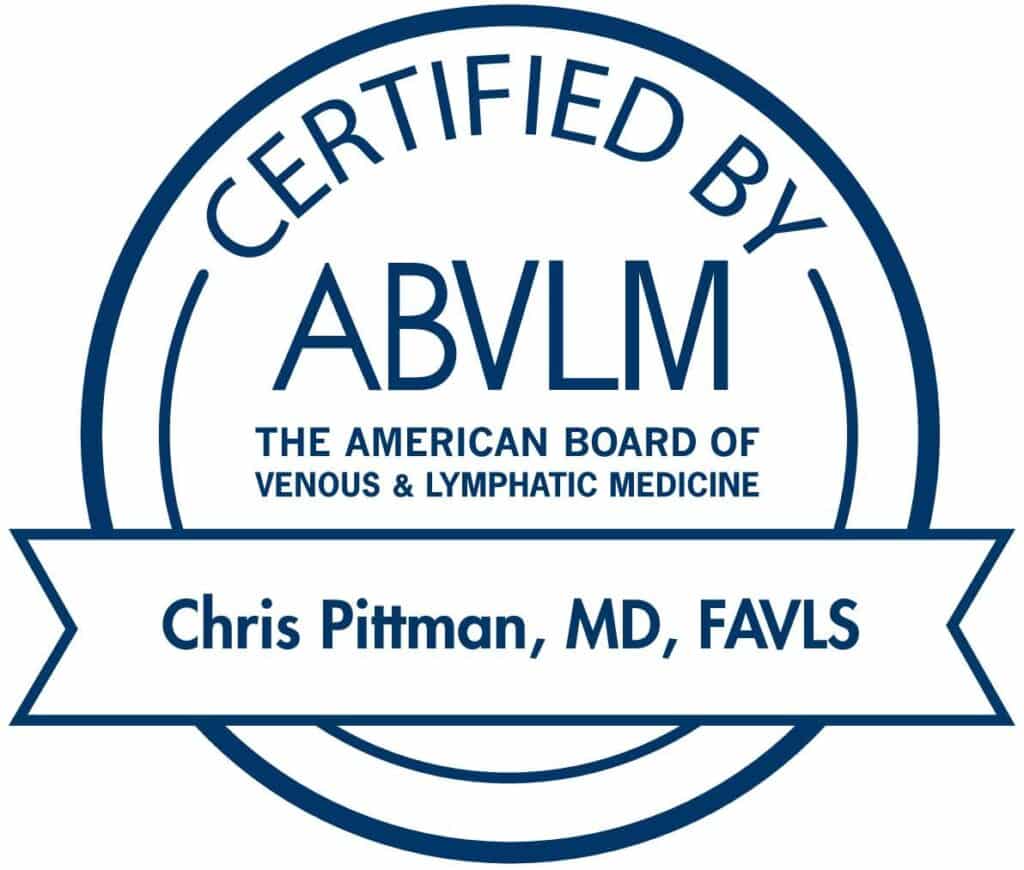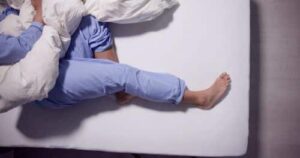
Although restless leg syndrome can occur at any age, it is particularly common among older adults. The symptoms can vary in severity and frequency, from day to day, and from person to person. Some people describe the sensations as aching, throbbing, itching, electric, pulling, creeping, or crawling. Instead of occurring on the surface of the skin, these sensations are felt within the legs themselves.
A Communication Gap Between the Brain and the Leg Muscles
In many cases, the precise cause of restless leg syndrome is unknown. In the past, many experts believed it was singularly associated with nerve damage in the brain (cranial neuropathy). Normally, nerve cells in the brain release dopamine, a neurotransmitter that relays information between the brain and the nervous system to coordinate bodily movement. Damaged nerve cells can release insufficient dopamine, leading to involuntary muscle movement and restless leg syndrome.
In addition to cranial neuropathy, scientists have identified several other factors that may cause or contribute to the development of restless leg syndrome. These include:
- Certain genetic variants (RLS runs in some families)
- Iron deficiency anemia
- Nerve damage in the legs and feet (peripheral neuropathy)
- End-stage kidney disease and hemodialysis
- Sleep apnea and sleep deprivation
- Hormonal fluctuations during pregnancy
- Excessive use of alcohol, tobacco, or caffeine
- Certain medications, including some anti-nausea drugs, antipsychotics, and antidepressants that increase serotonin levels
The Connection Between Vein Disease and Restless Leg Syndrome
The results of several recent studies strongly point to a link between venous insufficiency and RLS. Healthy veins have inner valves that prevent the backward leakage of blood into the legs. If those valves do not function properly, a backflow of blood can cause veins in the legs to bulge and twist, leading to the development of varicose veins and uncomfortable symptoms.
The Key to Effective Treatment Is an Accurate Diagnosis
If restless leg syndrome can be traced to a medical condition, its symptoms may improve or resolve after the underlying condition is treated. For example, after checking your blood iron level, your physician may determine that you have iron deficiency anemia, which can usually be addressed with iron supplementation.
Likewise, if your physician determines that your restless leg syndrome is caused by venous insufficiency, your RLS symptoms may improve with vein treatment, such as:
- Lifestyle changes – Exercising regularly, wearing compression stockings, and elevating your legs while at rest can promote blood flow in your leg veins and reduce swelling.
- Endovenous laser therapy (EVLT™) – During this minimally invasive procedure, a physician uses real-time ultrasound imaging to guide a thin laser fiber into a damaged vein, then uses the laser to apply heat to the vein wall. The ablation closes the vein and eliminates the backward flow of blood within it.
- Ultrasound-guided foam sclerotherapy (VenaThrive®) – A physician uses a tiny needle to deliver injectable foam into a deep varicose vein or spider vein. The foam creates scarring in the vein so it can no longer carry blood, which will return to the heart via other veins. Over time, the body will fully absorb the scarred vein.
Turn to Vein911® Vein Treatment Centers
If you have restless leg syndrome, it is important to find out if your uncomfortable symptoms are related to venous insufficiency, and if so, to seek appropriate treatment. If left untreated, vein disease can lead to potentially serious complications, such as ulceration and blood clots.
The board-certified team at Vein911® Vein Treatment Centers focuses exclusively on the body’s venous system. We offer a comprehensive range of diagnostic services and FDA-approved treatments, including VenaThrive® and other highly advanced options. Contact us today to schedule a consultation at one of our client-centric offices in the Tampa, FL, area. We’ll Help You Feel Great Again!®


